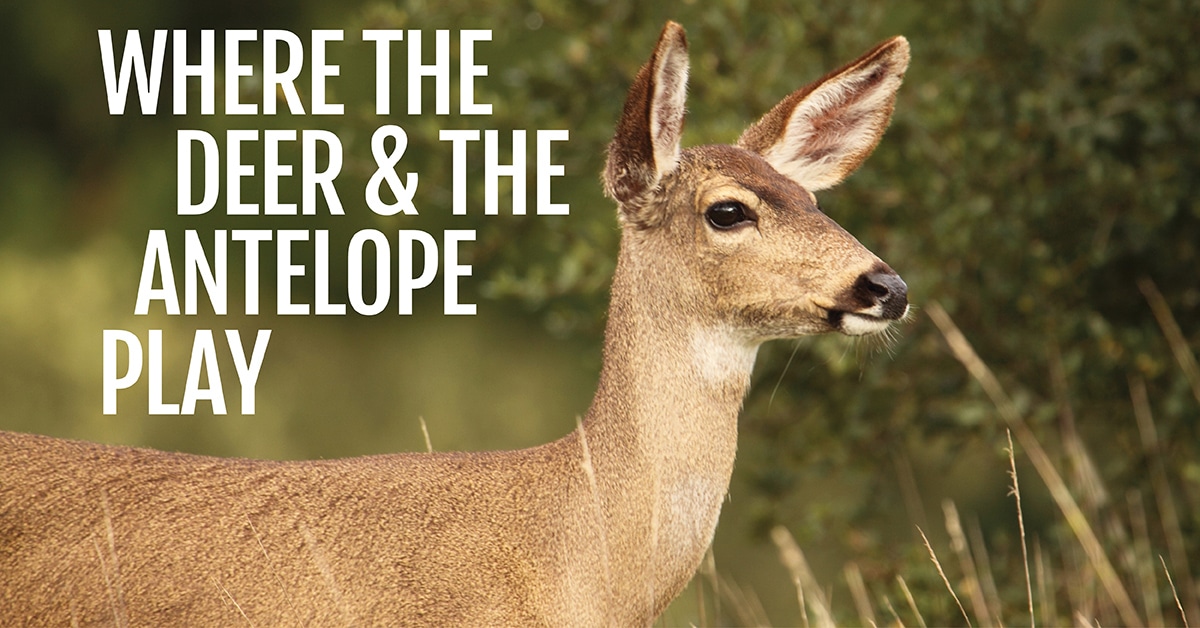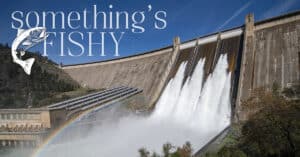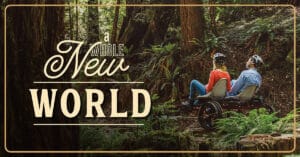Where the Deer and the Antelope Play
Local Animal Study with California Fish and Wildlife Department…
When wintertime hits the Northern California coast, Angela Rehse goes out hunting for black-tailed deer. She’s hunting with a pneumatic rifle that shoots tranquilizer darts, and she has to get within 50 yards of her targets. As she stalks through coastal forests she’s looking for fresh tracks and fresh scat, trying to keep downwind of where she thinks the deer might be. She’s looking for a female deer, and, once sighted, aims to place the dart in its rear flank.
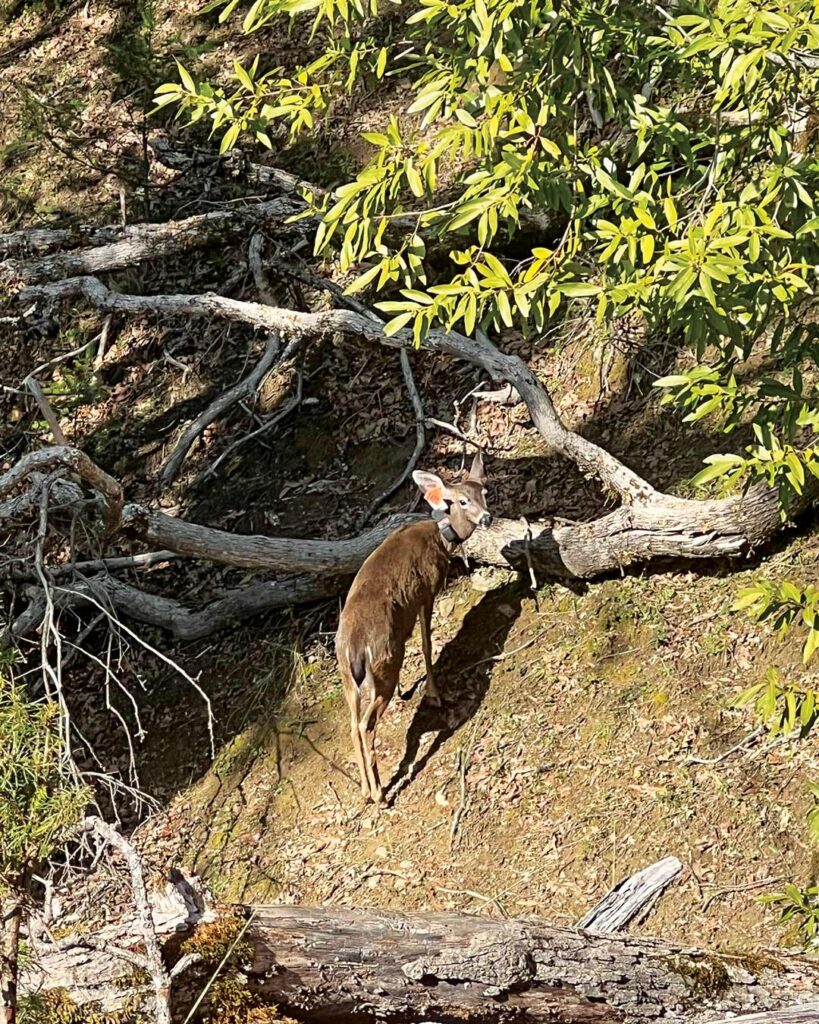
Photo by Angela Rehse with the California Department of Fish and Wildlife.
Rehse’s hunts are part of a 10-year study of black-tailed deer populations by the California Department of Fish and Wildlife. The study encompasses a broad swath of the North State, from the Oregon border down to Glenn County. The black- tailed deer are a subspecies of mule deer, and are distinguished by their large ears. Once the deer is down and sedated, Rehse weighs the animal and examines its teeth to determine its approximate age. If she’s got her ultrasound with her, she’ll determine if the deer is pregnant. Later, in a state lab, its blood will be examined to determine the level of nutrients it’s carrying in its bloodstream. Rehse also places a GPS collar on the animal to track its movement through various habitats.

It’s part of an effort to determine the health and survival capabilities of the state’s black-tailed deer population.
The state is conducting a similar study of the pronghorn antelope in Lassen, Modoc and Siskiyou counties. The techniques for finding and collaring these animals are quite different from those used for the black-tailed deer.
Antelope are typically found in open spaces, foraging for their main diet of sagebrush in herds that can number up to 600. Instead of a single hunter stalking the animals, a helicopter swoops down on the herd. Capturing an antelope can be tricky, since the animal can run at speeds up to 55 miles an hour. Once an animal is singled out, and the helicopter is hovering overhead, a field worker in the craft shoots down a gun net to entrap the animal. It is then quickly hobbled and blindfolded. State biologists will then determine the animal’s age, physical condition, including body weight, and the presence of any diseases in the bloodstream.
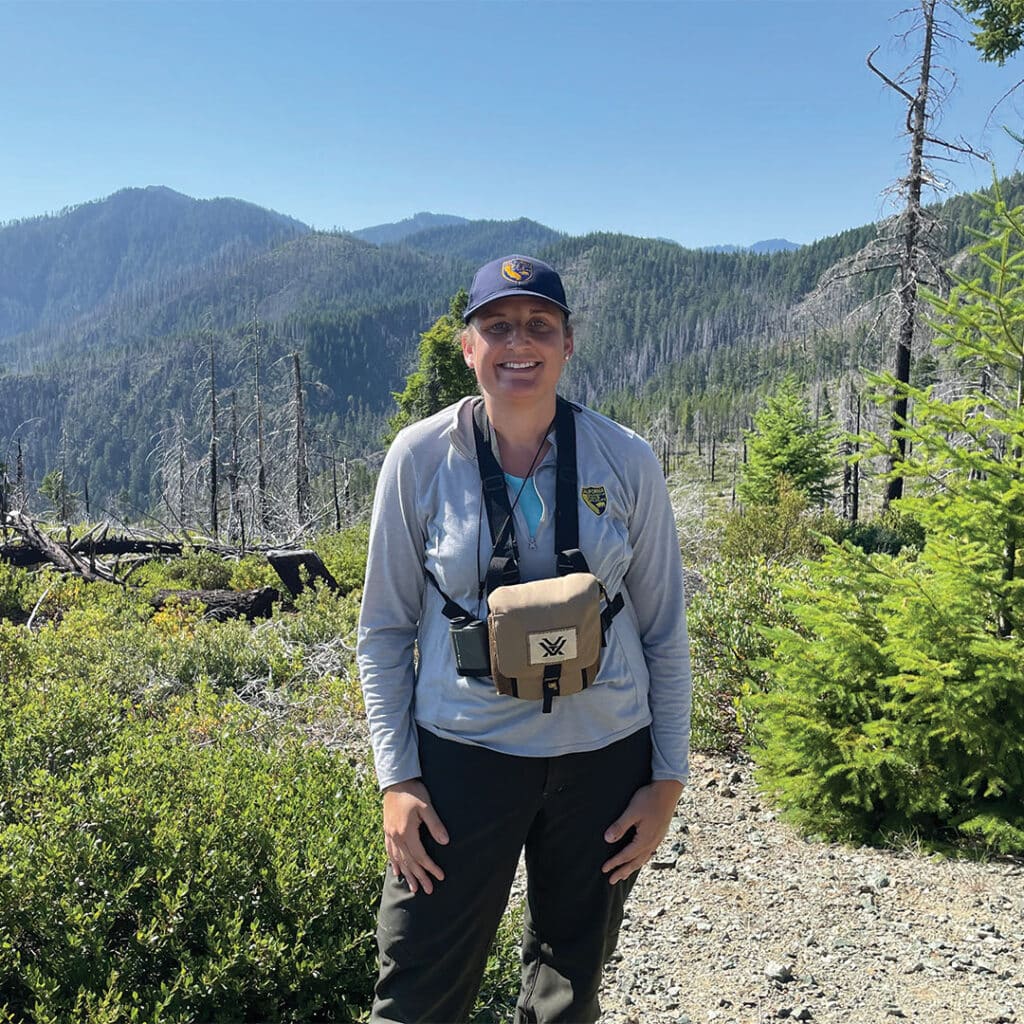
Photo taken near Doe Flat in Del Norte County on United States Forest Service land.
Radio collars are put on the necks of each animal to help determine how large a range the animals need to survive. The numbers of pronghorn antelope in Northern California have seen a steep decline over the past 20 years, down from 4,955 in 1999 to 2,854 in 2020. If that trend is going to be reversed, notes Fish and Wildlife biologist Brian Ehler, there is work to be done to make the antelopes’ rangeland more habitable, starting with the removal of non-native plants that can choke out the sagebrush and other native plants the animals feed on.
Fencing that hinders the antelopes’ migrations can be replaced, on public and private lands, with “wildlife-friendly” fencing that allows the animals, especially the young ones, to go under the fence.

Current studies of the black-tailed deer and pronghorn antelope involve labor-intensive, one-on-one methods for field workers like Rehse. But for other species of wild animals, state biologists have access to some 3,500 motion-activated cameras placed in forests throughout the state. These help determine not only population sizes but also the range and habitats of animals that include bears and bobcats.
Hunter kills of bears also provide data on their ages, health, and population size. “Bears appear to be abundant and widespread throughout California,” says Brett Furnas, a big game expert with the state Department of Fish and Wildlife. It’s estimated that there are some 70,000 black bears roaming the state’s forests today.

Wild animal counters can’t exactly go door to door; they have to use a variety of techniques, both low-tech and high-tech, remote and up close and personal. They employ not only hovering helicopters but examination of scat samples, careful tracking on foot and with cameras. It’s a fascinating, and challenging, way to make a living. •

